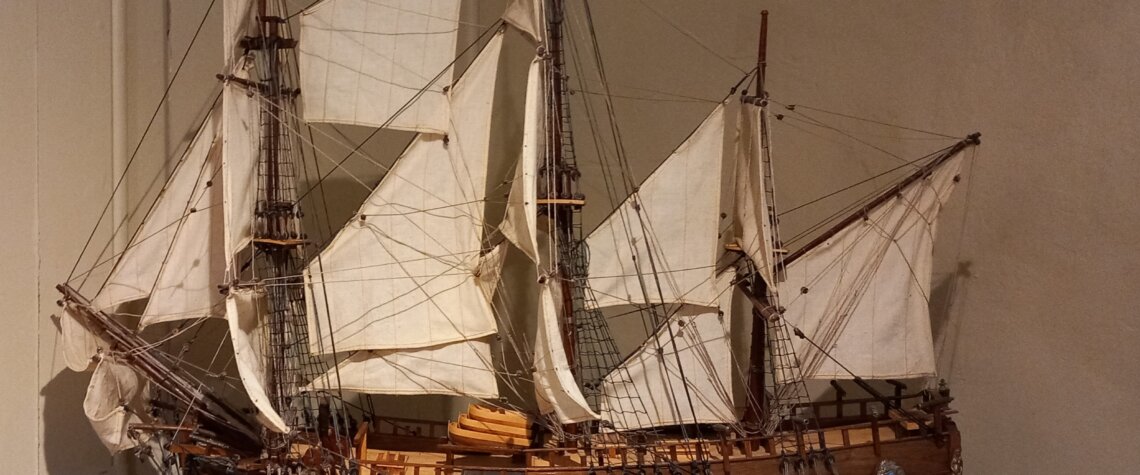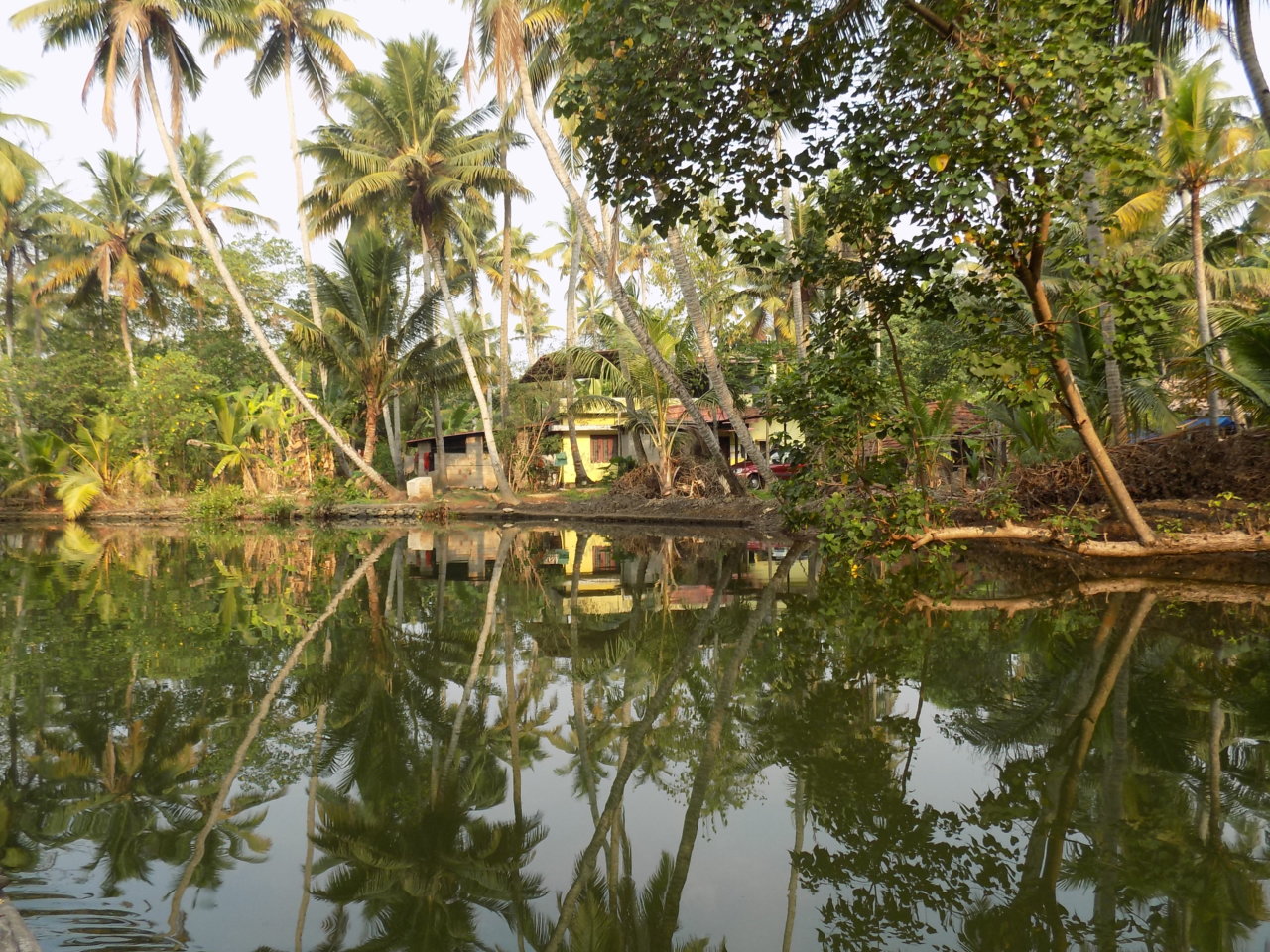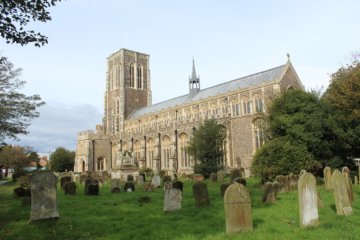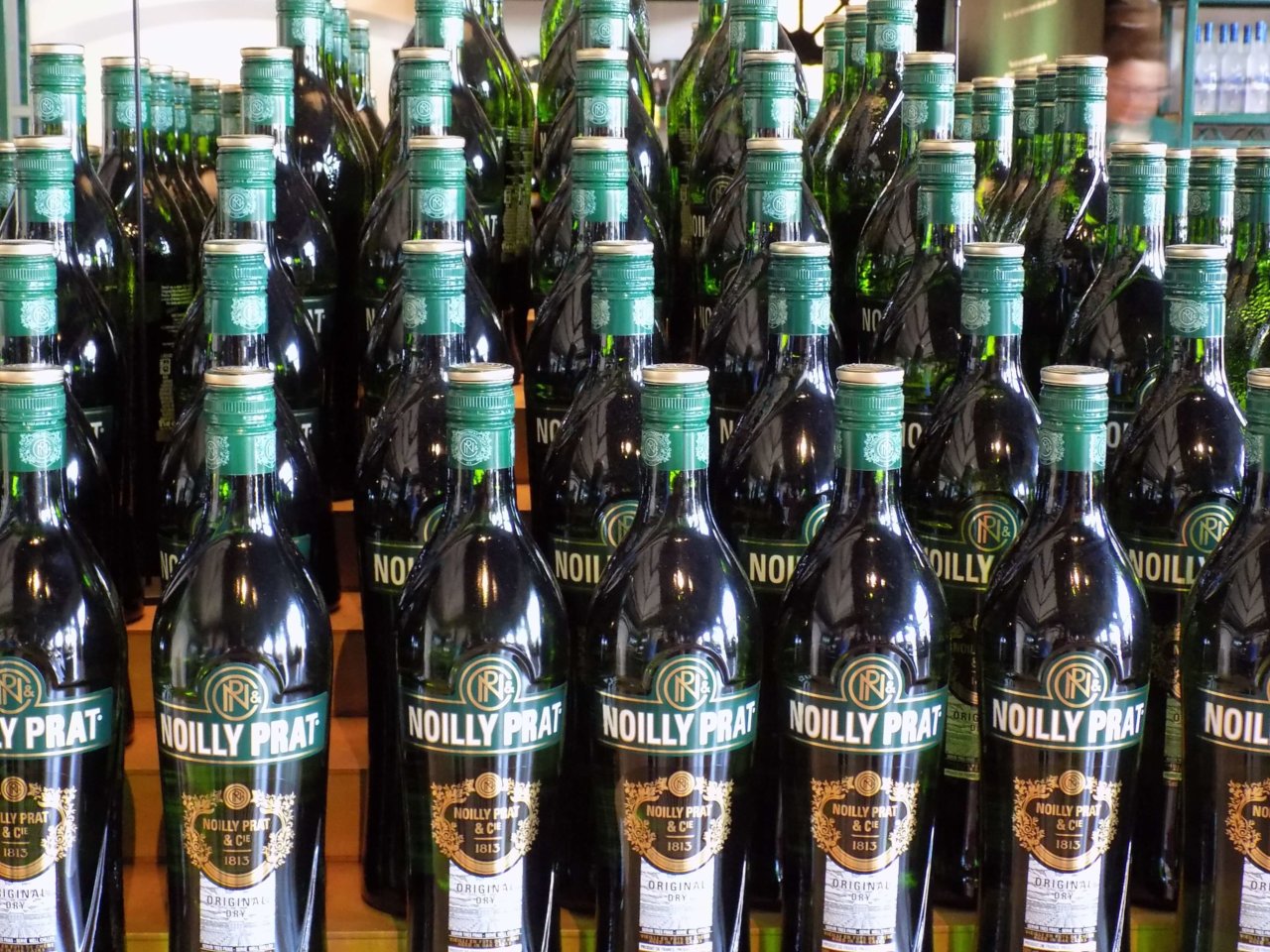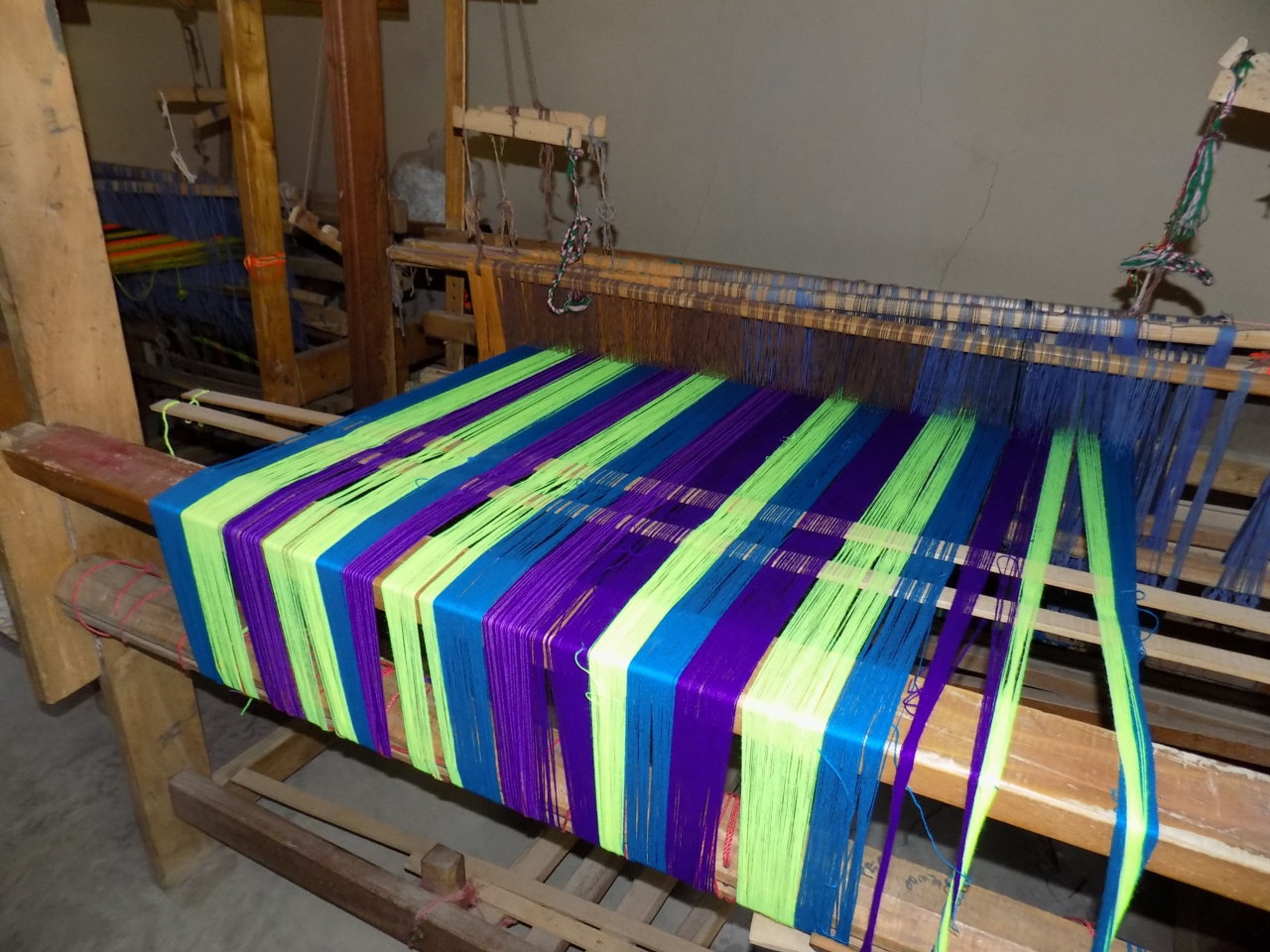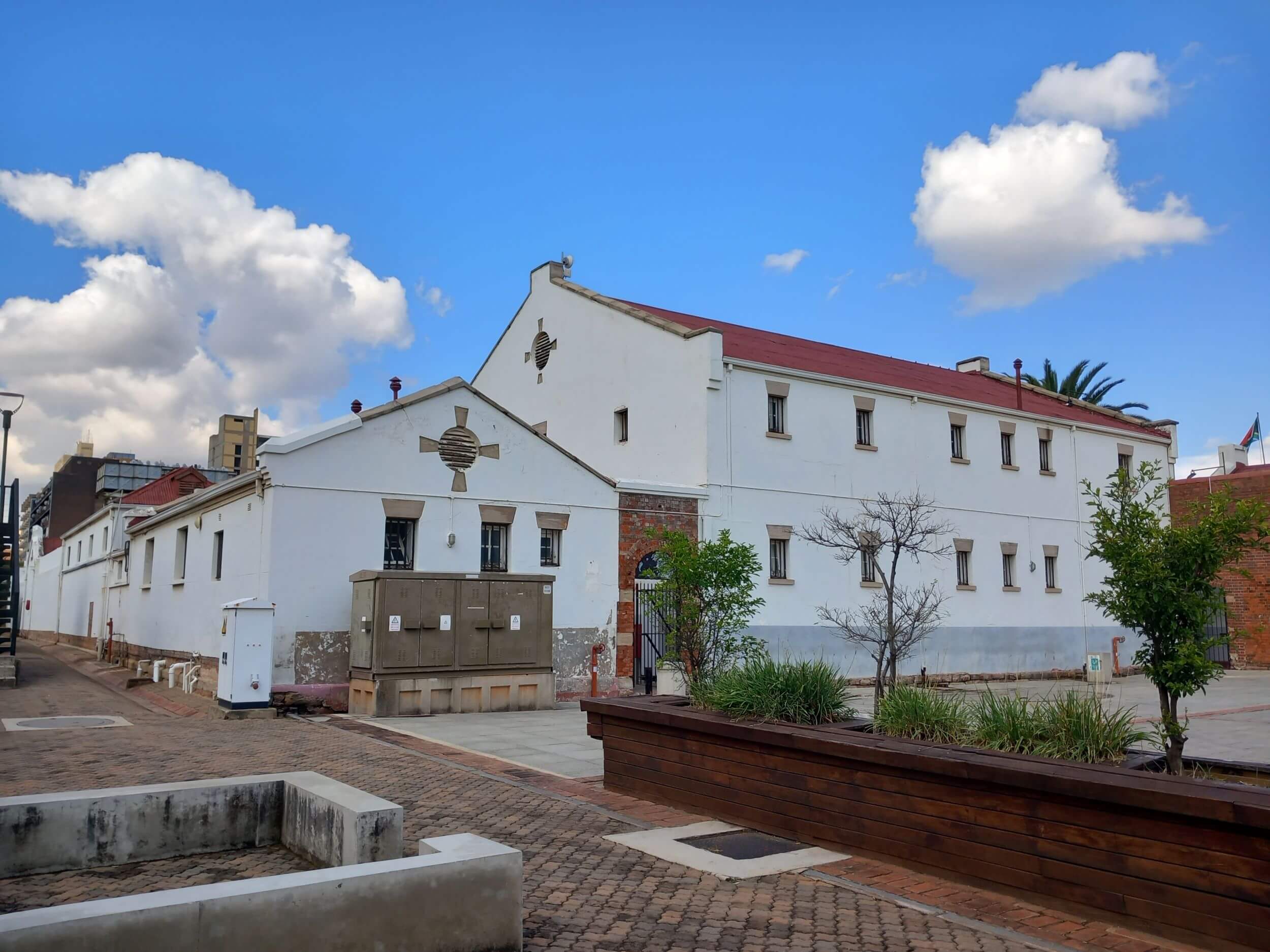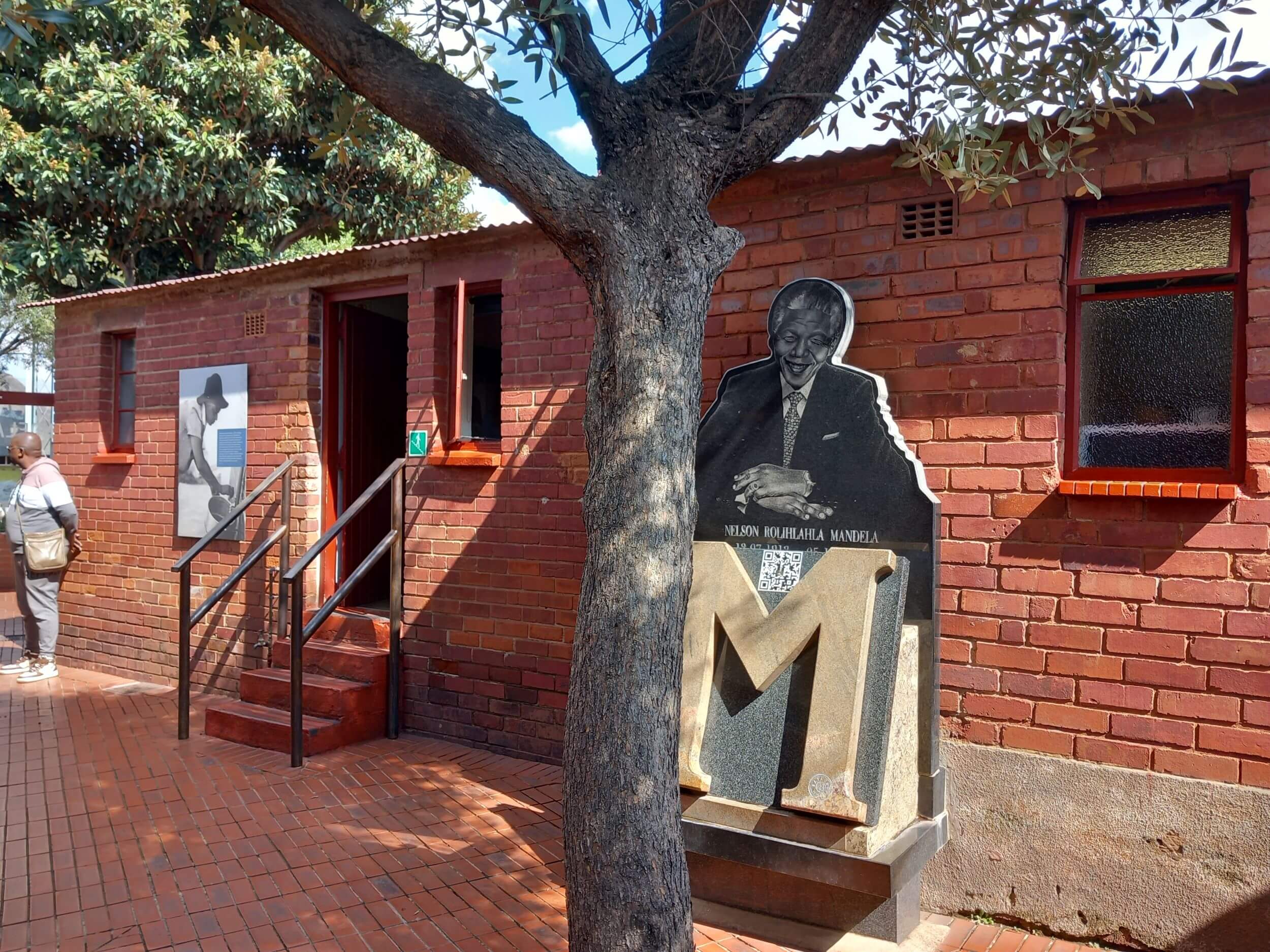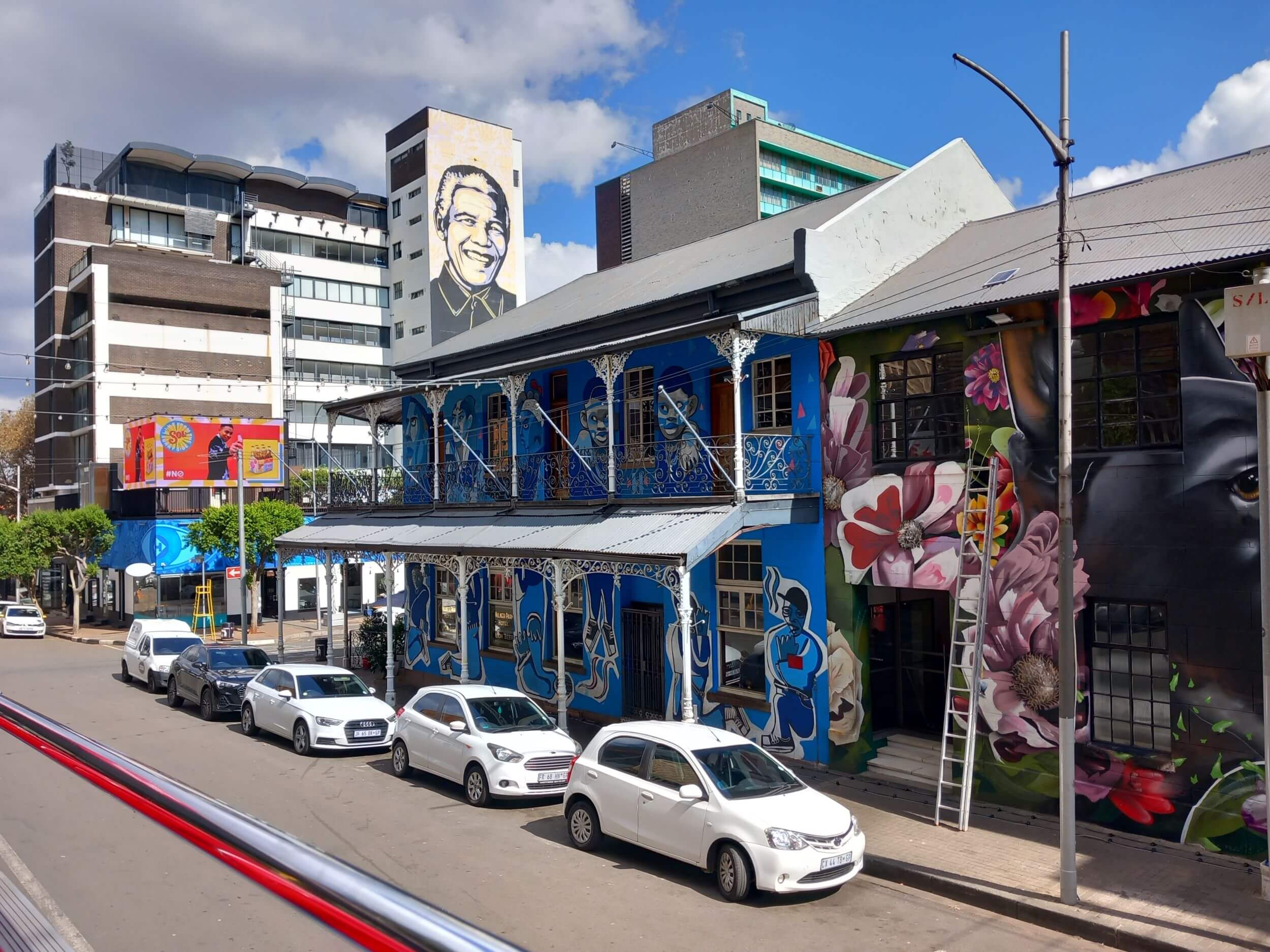Captain James Cook, perhaps Britain’s greatest explorer, wasn’t born in Whitby. In fact, he only spent about ten years of his life in the town. He is, however, inextricably linked to the town. There is a museum in his name, a memorial to him in a prominent position overlooking the harbour, a wing dedicated to him in the town’s main museum, a signpost reminding us of the places he discovered, and pubs and streets named after him. Read on to learn more about Captain James Cook in Whitby.
In this article
Captain James Cook’s Story
Early Life
James Cook was born on 7th November 1728 in Marton-in-Cleveland. He was the second of eight children born to James Cook, a Scottish farm labourer and his locally-born wife, Grace Pace. In 1736, the family moved to Airey Holme Farm at Great Ayton, where Thomas Skottowe, his father’s employer, paid for the young James to attend the local school. In 1741, after five years at school, James began working for his father who had been promoted to farm manager.
When he was 16, James moved to the fishing village of Staithes, where he was apprenticed as a shopboy to grocer and haberdasher, William Sanderson. Historians believe that this is where Cook first decided he wanted to go to sea.
James Cook in Whitby
In 1746, at the age of 18, James Cook relocated to Whitby as a merchant navy apprentice to Captain John Walker. Whitby at that time was a bustling centre of shipbuilding and trade, as well as a highly respected place for training ordinary seamen and young naval officers. The town’s industry was dominated by the hard-working, thrifty, and decent Quaker community which numbered 250 to 300 members and included Captain John Walker, James’s benefactor. The Quakers imparted skills and values to the young James that would remain with him forever.
The Walkers had a small fleet of vessels, plying coal along the English coast. Cook’s first assignment was aboard the collier Freelove. He spent the next several years on this and various other coasters, sailing between the Tyne and London. As part of his apprenticeship, Cook applied himself to the study of algebra, geometry, trigonometry, navigation and astronomy – all skills he would need one day to command his own ship.
A Naval Career
In 1756, James Cook joined the Royal Navy. He saw service in Canada, where he learned new surveying techniques. His thoroughness and his ability to chart the most difficult of coastlines set him apart from his colleagues. He was appointed Surveyor of Newfoundland in 1763.
In 1768 the now Captain James Cook took command of his first ship, HM Bark Endeavour. During his maiden voyage in charge, he journeyed to the Pacific, circumnavigated New Zealand, and charted the east coast of Australia.
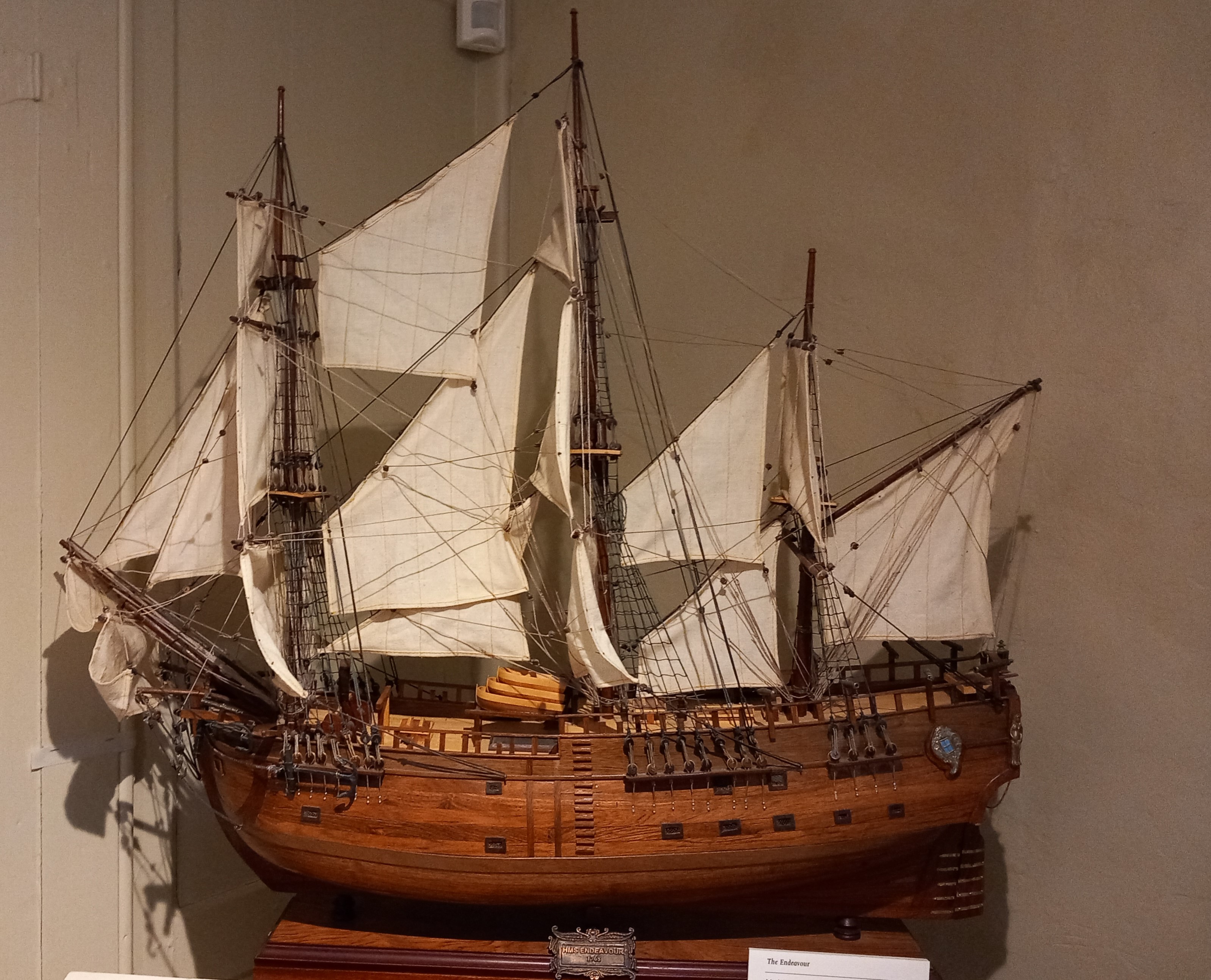
In subsequent voyages in the 1770s, Cook filled in much of the map of the Pacific and crossed both the Arctic and Antarctic Circles.
Captain James Cook was the first explorer to be able to plot precisely where he was and where he was going. During his voyages, he produced charts of such accuracy that they were not superseded for many many years.
Family Life
James married Elizabeth Batts in 1762. They had six children together. However, only their eldest, James Junior, survived into adulthood, becoming a naval commander. He, too, died young. He was just 30. He didn’t marry and had no children. James and Elizabeth Cook, therefore, have no descendants. Elizabeth outlived her husband and all of her children. She was a widow for 56 years and must have had great strength of character to cope with so many personal tragedies.
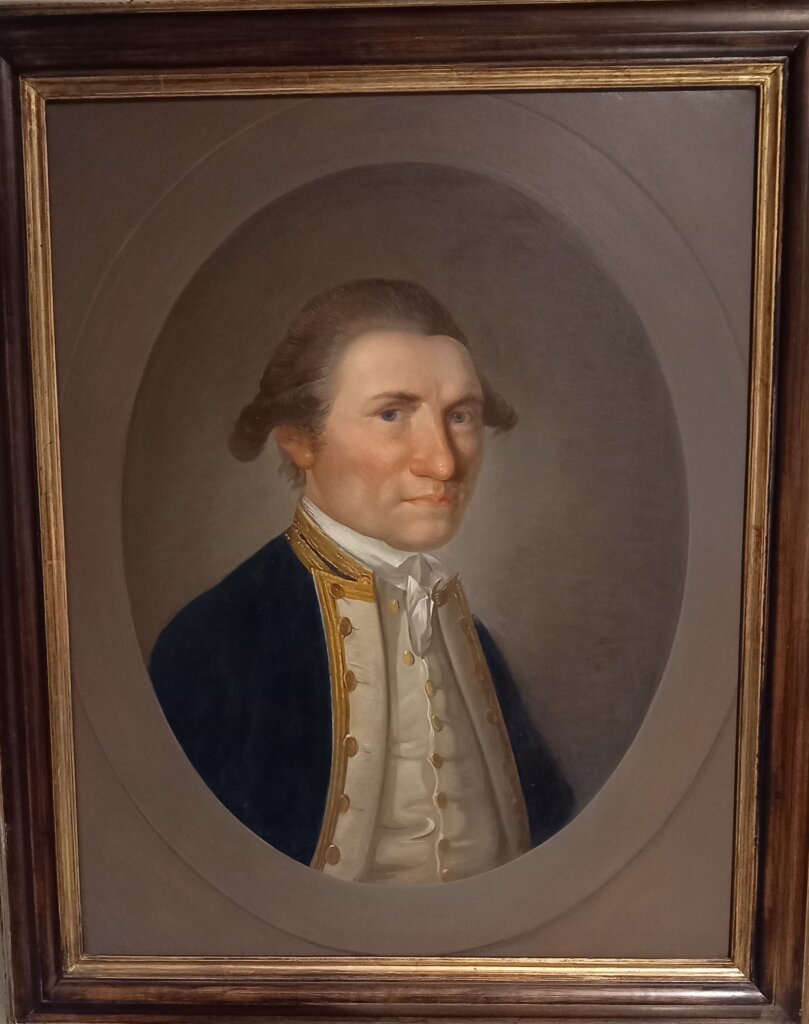
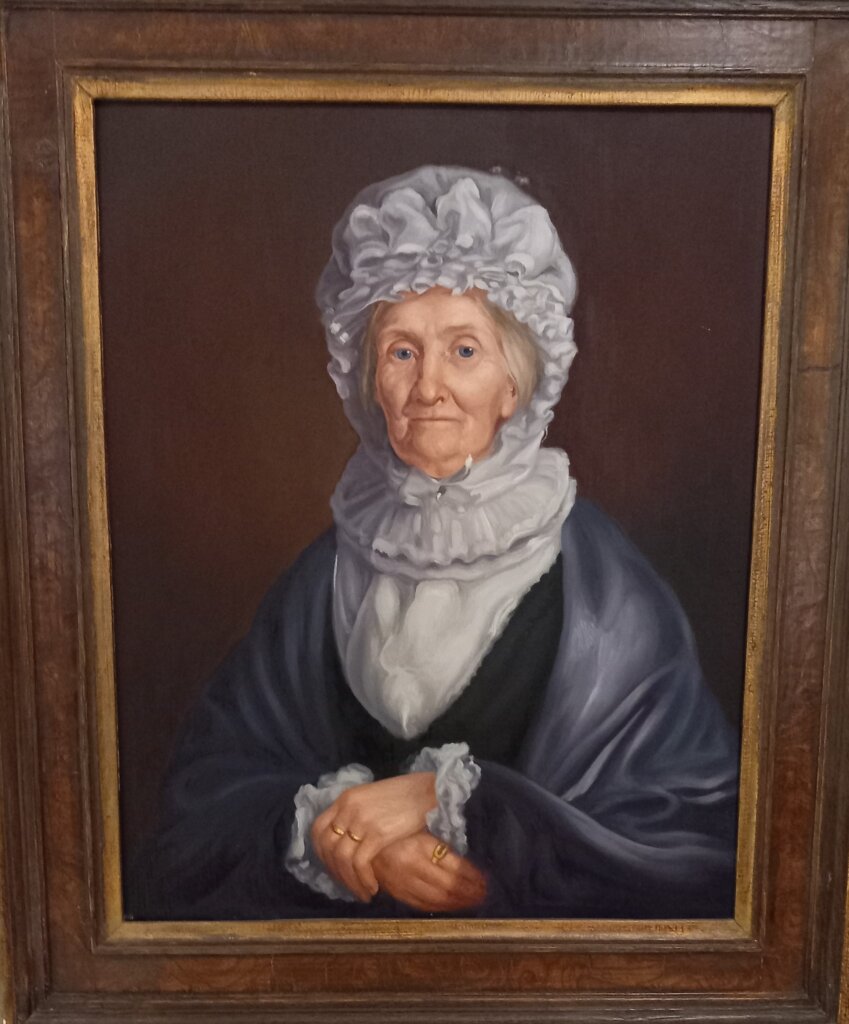
Death
Captain James Cook was killed in Hawaii on 14th February 1779. He remains one of Britain’s best-known explorers and navigators.
Captain James Cook Sites in Whitby
Captain Cook Memorial Museum
The Museum Building
This fascinating museum is housed in the property on Grape Lane which was owned by Captain John Walker and which was where James Cook lived during his seven-year apprenticeship as a merchant seaman.
The house is a good example of an eighteenth-century Whitby shipowner’s dwelling. It was both a home and the headquarters of the family shipping business. It was comfortably if plainly, furnished with good-quality Quaker furniture which was designed to last.
Today, the house is considered to be nationally important and is Grade 1 listed.
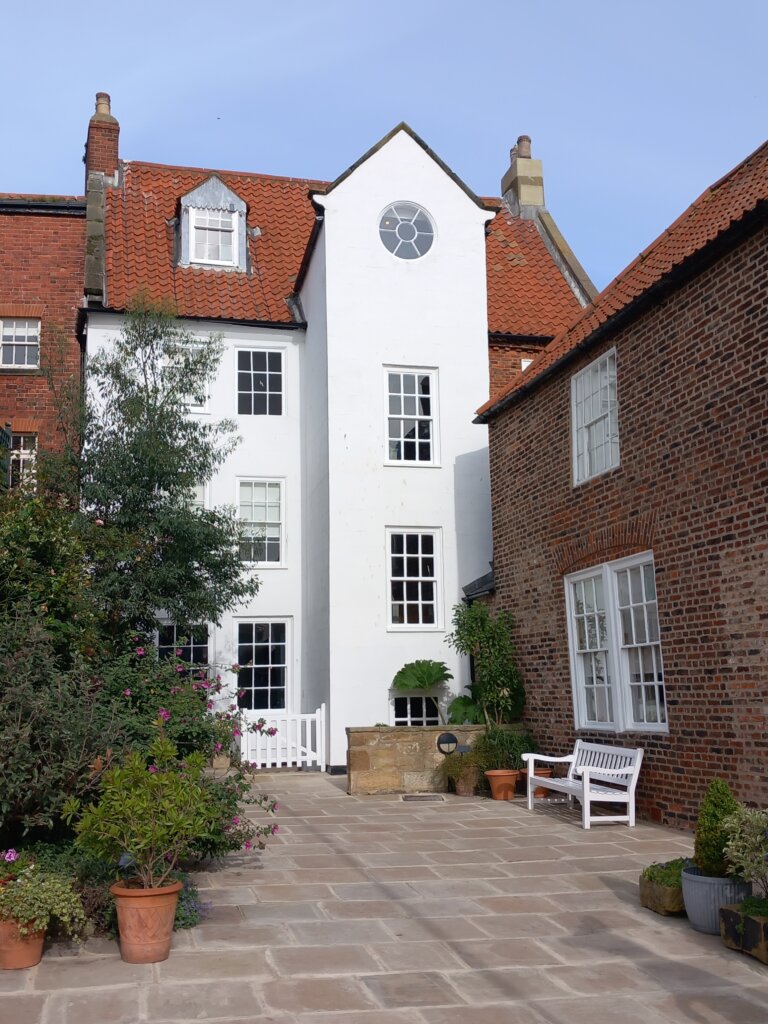
The Museum’s Contents
The museum has rich collections of original material relating to Captain James Cook’s life in Whitby, as well as to his voyages. Ship plans and documents provide fascinating insights into life on board ship, including problems of accommodation and personality clashes between crew members. Sketches, watercolours, prints, and paintings give graphic illustrations of lush tropical islands and the seemingly idyllic lives of the inhabitants of the South Seas. The letters Cook wrote to John Walker include descriptions of the voyages in his own words and show his enduring affection for his old master.
The highlight of the museum for me is the attic where the young James Cook slept with the other apprentices John Walker wanted to retain when ashore. As I mentioned above, James was keen to study navigation, maths, and astronomy, the subjects which would advance him in his chosen profession. He was a favourite of the housekeeper, Mary Proud. She would give him extra pieces of candle so that he could read on dark evenings.
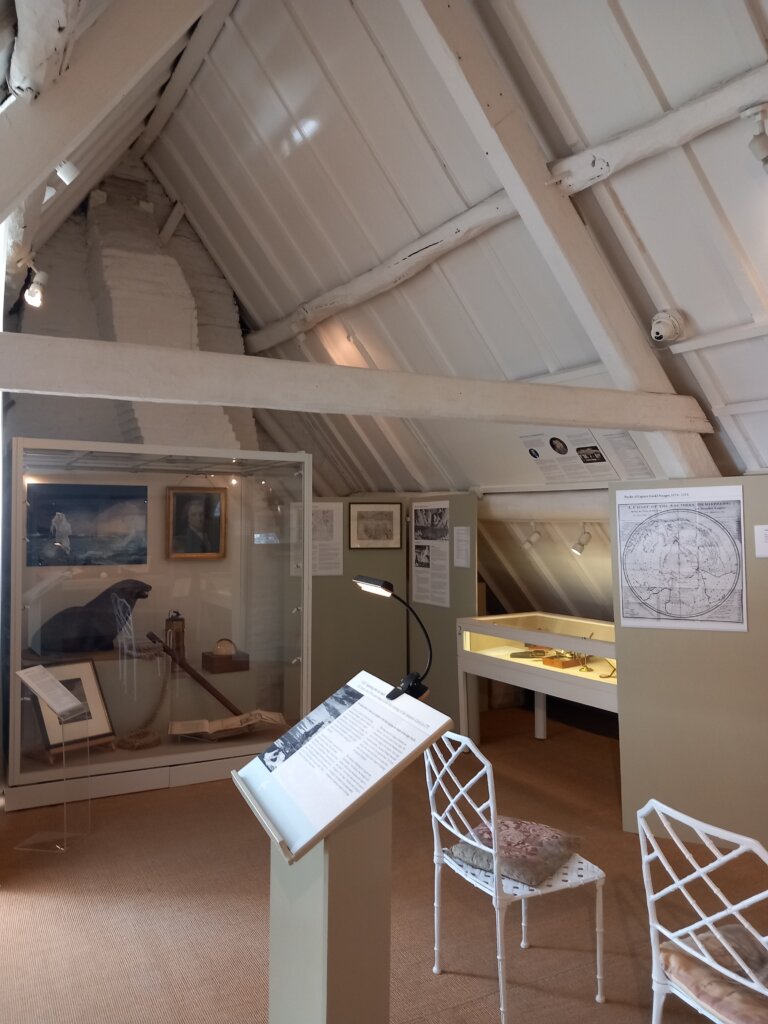
Whitby Museum
Whitby Museum has a ‘Cook Wing’. The exhibits here illustrate Captain James Cook’s association with Whitby and events relating to his voyages (1768 – 1779). Five exhibits are of particular interest and importance :
- An original hand-drawn map, signed and made by James Cook as a non-commissioned officer, when he surveyed the coast of Newfoundland.
- Four pages of manuscript in the handwriting of James Cook forming the only known surviving part of the original draft of his “Journal” describing incidents on his voyage towards the South Pole in 1773-74.
- A probate copy of his will.
- A report on the transit of Venus in 1769.
- Models of his ships, Resolution and Endeavour.
Captain James Cook Memorial in Whitby
Captain Cook’s Memorial statue is in Crescent Gardens overlooking Whitby Harbour. This 7′ 6″ high bronze statue, sculptured by John Tweed, stands on a freestone pedestal which has a carving of Cook’s posthumous coat of arms on the front and one of his ship ‘Resolution’ on the back.
The statue was first unveiled on 2nd October 1912. During World War II, it was removed to a place of safety when the plinth was damaged in an air attack. It was replaced on 16th August 1947.
Around the base of the plinth, there are four plaques. The first commemorates the men who built and sailed in the ships used by Captain Cook. The others were presented to Whitby by the people of Australia, New Zealand, and Canada respectively.
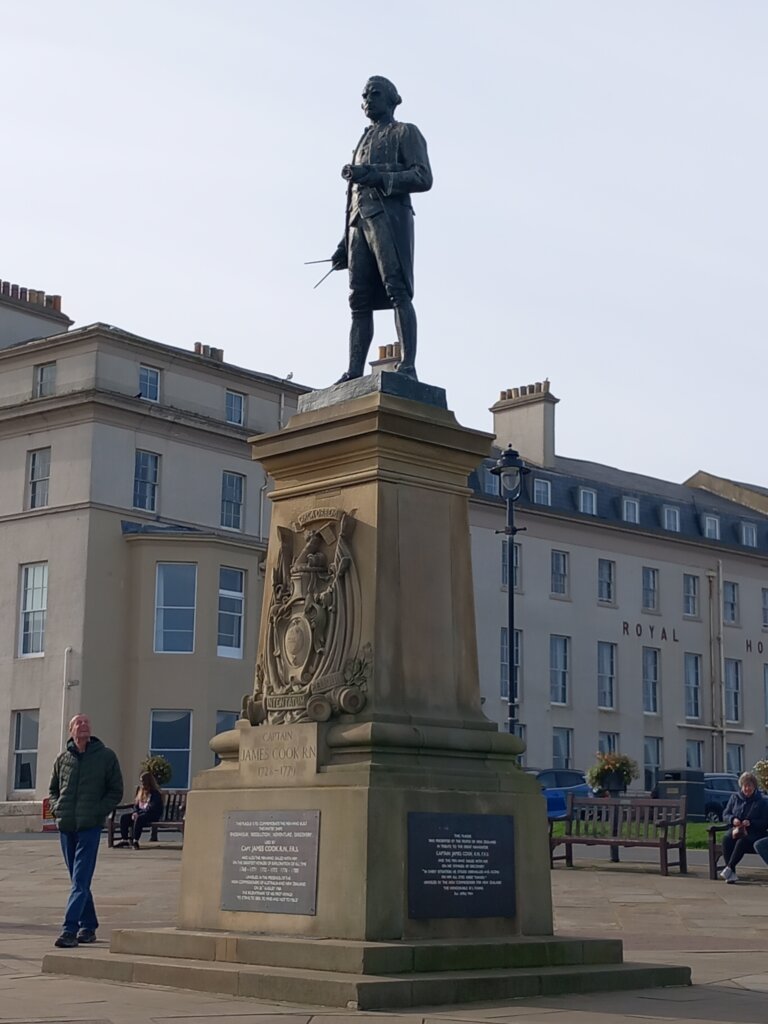
Captain James Cook’s Signpost
Further along West Cliff, there is a signpost honouring Captain Cook. All the distances shown are in nautical miles from Whitby around Cape Horn.
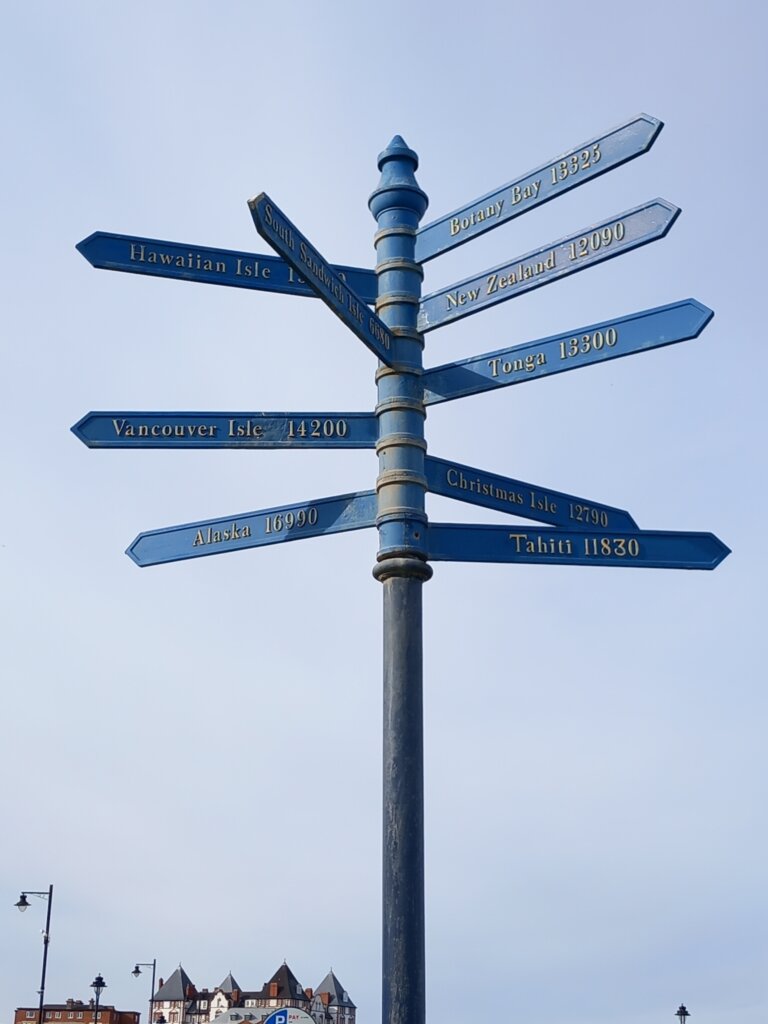
If you’re travelling soon, please use these links!
Are you travelling soon? Use these links when making your bookings. These are the companies we use. It won’t cost you any extra, but we will earn a few pennies to help keep Happy Days Travel Blog going. Thank you!!
- Book your travel insurance with World Nomads. If you are a digital nomad or long-term traveller, try the specialist provider SafetyWing. (Never leave home without protecting yourself, your trip and your belongings!)
- Book your flight with Skyscanner
- Book your accommodation with Booking.com
- Book a tour with Tour Radar
- Book city tours and activities with Viator or Get Your Guide
- Check out our Resource Page for more companies we recommend.
Disclosure: This post contains affiliate links. If you click through for more information, or to make a purchase, it may result in a small commission coming my way. Please note that there is no extra cost to you associated with this. Thank you so much for supporting my site.
Join our mailing list

Sign up to receive our monthly newsletter. Keep up with what we're doing and be the first to receive special offers and insider tips.

